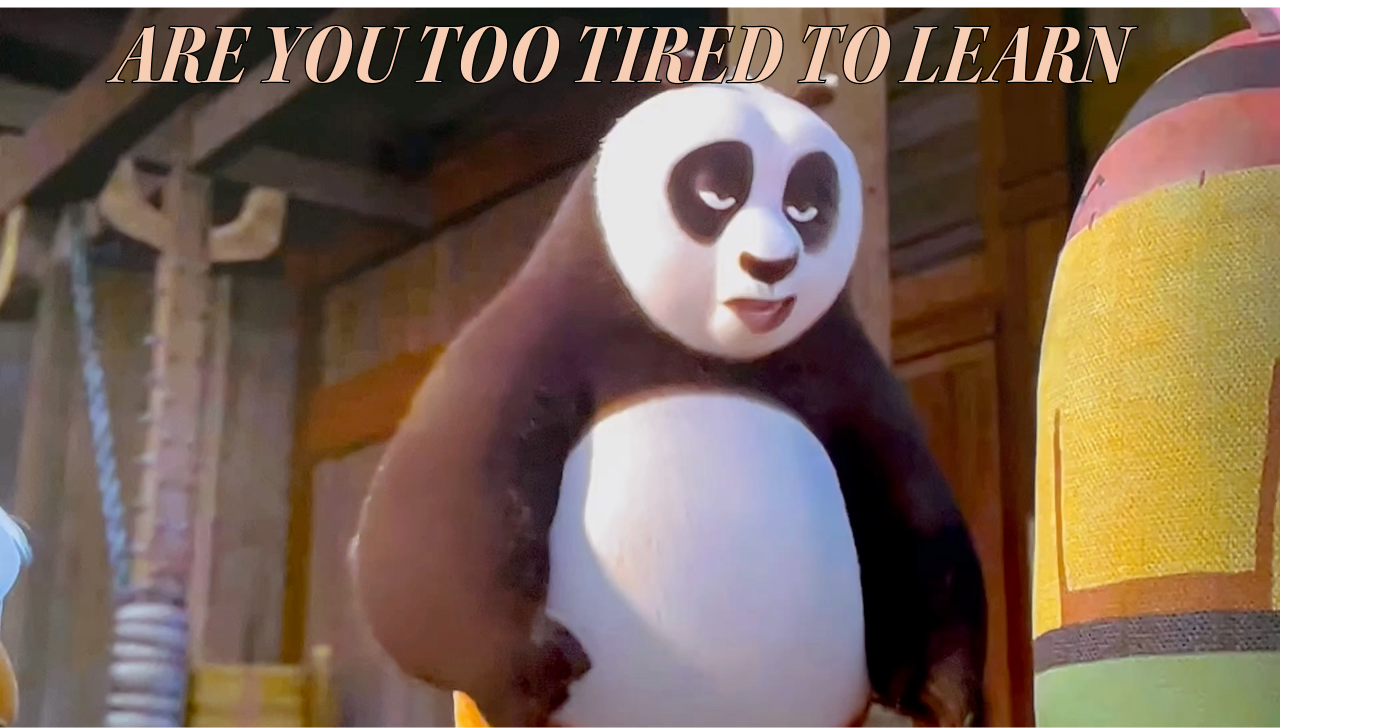In keeping with our commitment, we are excited to present a thoughtfully curated selection of Aesop’s Fables today. These timeless tales entertain and impart valuable life lessons in a moral universe that can foster essential conversations. We warmly encourage you to share this blog with your family and friends, as we believe these stories can ignite meaningful discussions and reflections within your circles. Additionally, we want to take a moment to recognize and express our gratitude to all the talented content creators who have contributed their insights and expertise to this blog. Your hard work enriches our understanding of these classic fables and makes this collection unique. Help in shaping the moral universe of the next generation.
The fable “The Owl and the Grasshopper” unfolds in a vibrant meadow where a carefree grasshopper spends his days singing and dancing, enjoying life without worry. One day, a wise and contemplative owl perched on a branch observes the grasshopper’s carefree attitude. Concerned for the grasshopper’s future, the owl offers sage advice about the approaching winter, urging the grasshopper to gather food and prepare for the harsh months ahead.
Despite the owl’s warnings, the grasshopper dismisses the advice, believing that he has plenty of time and winter is far off. He continues to revel in the sun and the joys of the present moment, neglecting the wisdom the owl shares. As winter arrives, the grasshopper soon realizes the consequences of his inaction: He faces dire circumstances with no food stored and the cold weather settling in.
This tale poignantly reminds us of the importance of foresight and responsibility. While living in the moment can be delightful, it is equally crucial to prepare for the future and heed the warnings of those with more experience.
In the classic fable “The Tortoise and the Hare,” a boastful hare, filled with arrogance about his incredible speed, challenges a slow-moving tortoise to a race. With his sleek fur and agile legs, the hare laughs at the thought of losing to someone so sluggish. The tortoise, however, remains unfazed, displaying a quiet determination and a steadfast spirit. As the race begins, the hare darts ahead, leaving the tortoise far behind. Confident in his victory, he takes a nap along the way.
In a sun-drenched savanna, a mighty lion, known as the king of the jungle, caught a tiny mouse in his mighty paws. The mouse trembled in fear, begging for mercy, promising to return the favor someday. Bemused by the mouse’s plea, the lion spared its life, releasing it back into the wild.
Days turned into weeks, and one fateful afternoon, the lion found himself helplessly trapped in a hunter’s merciless trap. Just when it seemed that all hope was lost, the little mouse appeared. With unwavering determination and surprising strength, the mouse gnawed through the ropes, freeing the lion from his predicament.
This tale illustrates a profound truth: even the smallest and seemingly weakest creatures can provide unexpected help when needed.
The fable “The Fox and the Grapes” tells the story of a fox that encounters a bunch of grapes hanging high on a vine. Despite his efforts, the fox is unable to reach the grapes. Frustrated by his inability to obtain them, he concludes that the grapes are likely sour and unappetizing. This story conveys the moral that it is common for individuals to belittle or dismiss things they cannot attain.
“The Crow and the Jar” is a story that illustrates the themes of intelligence and perseverance. In this tale, a clever crow encounters a jar containing water that is just out of reach. Through resourcefulness and innovative problem-solving, the crow demonstrates how determination can overcome challenges. This narrative highlights the importance of thinking critically and finding creative solutions in difficult situations.
“The Boy Who Cried Wolf” is a fable about a shepherd boy who intentionally deceives the villagers by falsely claiming a wolf is threatening his sheep. After several false alarms, the villagers become skeptical and ignore the boy’s cries. Eventually, when a real wolf does appear, the boy’s calls for help are dismissed, leading to disastrous consequences. The story’s moral emphasizes the importance of honesty, illustrating that if someone frequently lies, they may not be believed when they finally tell the truth.
In the fable “The Ant and the Grasshopper,” the two characters represent contrasting approaches to life. The ant exemplifies diligence and foresight as it collects food to prepare for the winter months. In contrast, the grasshopper plays and ridicules the ant’s industrious nature. When winter arrives, the grasshopper finds itself without food and suffering from hunger, while the ant enjoys the benefits of its hard work. The moral of this story emphasizes the importance of hard work and the necessity of planning for the future.
In “The Wolf and the Crane,” a narrative illustrates the consequences of greed through the story of a wolf who gets a bone stuck in his throat. The wolf is ultimately saved by the long, slender beak of a crane, highlighting an important moral lesson about the value of gratitude. This fable is a cautionary tale about the dangers of being ungrateful, underscoring how vital it is to appreciate assistance when offered.
To access additional educational content, click on our YouTube page.
Join us as we help guide the learning process. Subscribe to our channel to stay updated with future blogs and videos highlighting various aspects of education. Together, let’s embark on this educational journey hand-in-hand, nurturing the minds of our future.
To stay in the loop and catch all the upcoming fun, insightful, and engaging content we have planned, don’t forget to hit that subscribe button and turn on notifications. We’re embarking on a discovery, learning, and connection journey. So, until next time, keep smiling, exploring, and keeping that curiosity alive!



